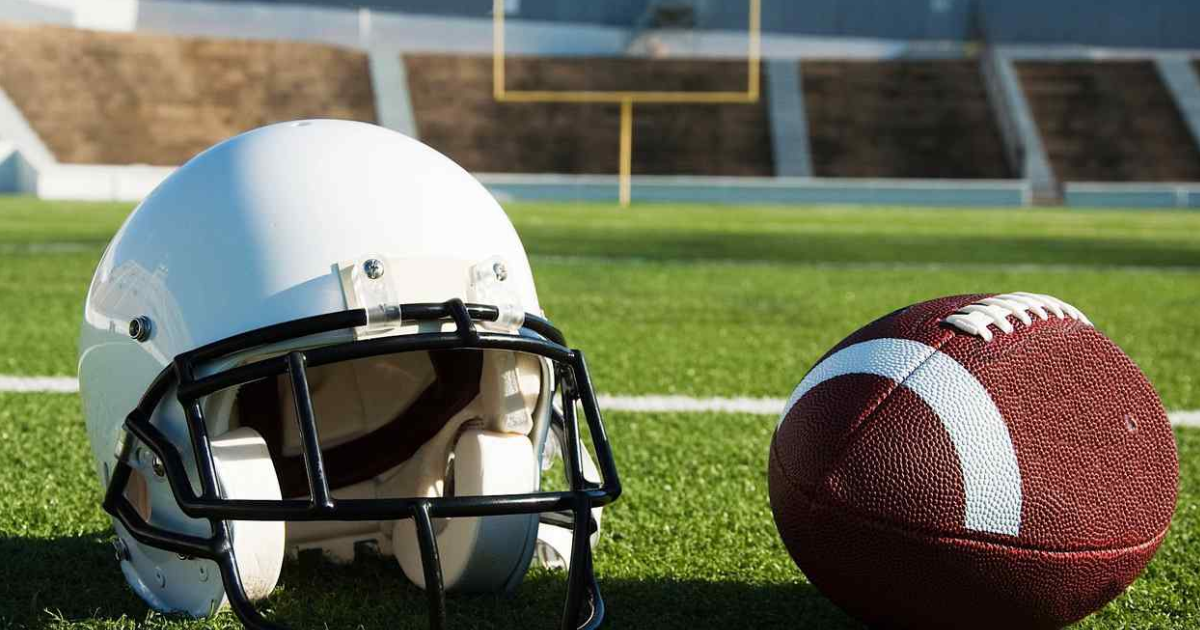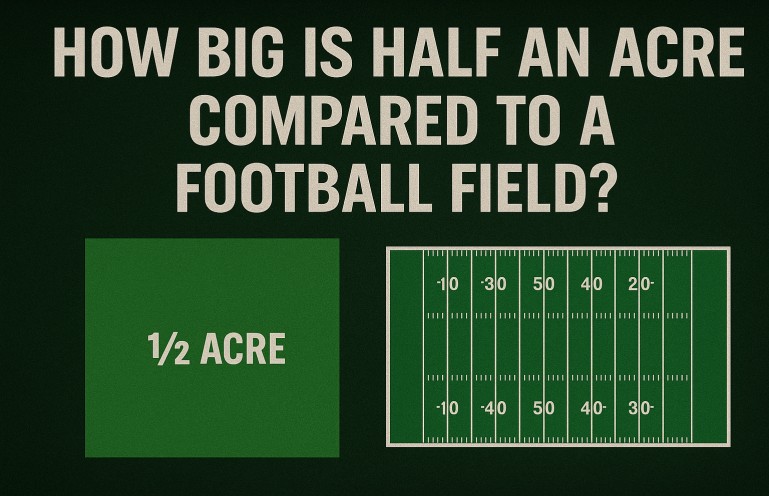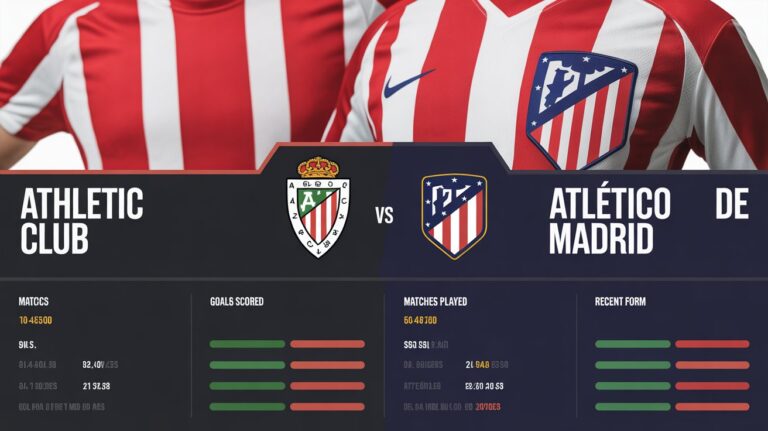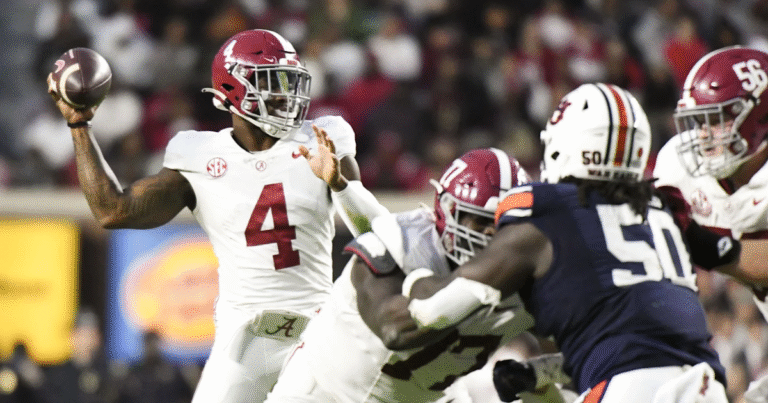How to Paint a Football Helmet for Discipline Use
Ever look at a scuffed-up helmet and think, This thing has seen better days? I’ve been there. Whether you’re a coach trying to keep the team looking sharp or a parent fixing up practice gear, painting a football helmet is easier than you might expect if you prep it right.
Honestly, a clean, well-painted helmet doesn’t just look good. It shows discipline and pride. Here’s the step-by-step guide I use when refreshing helmets for tough field action.
What You’ll Need
Before you start, gather everything so you’re not scrambling mid-project.
- Mild soap and water
- Soft cloth or sponge
- Fine-grit sandpaper (around 400–600 grit)
- Painter’s tape
- Primer made for plastic or poly carbonate
- Spray paint designed for sports gear or automotive plastic
- Clear protective coat (matte or glossy)
- Gloves and a dust mask
Pro Tip: Choose paint labelled flexible or for plastics. Regular paint chips easily on impact.
1. Clean the Helmet Like a Pro
First, remove the face mask and any decals. Wash the shell with warm, soapy water. Rinse and let it dry completely.
Why it matters: even a thin layer of sweat or oil can make paint peel.
2. Lightly Sand the Surface
Use fine-grit sandpaper to rough up the glossy finish. Don’t overdo it you just want a slightly dull surface so the primer sticks. Wipe off the dust with a damp cloth.
Think about this: skipping this step is the number-one reason paint starts flaking after a few games.
3. Tape and Protect
Cover the inside padding, hardware holes, and any areas you don’t want painted with painter’s tape or plastic wrap. A little patience here saves a lot of cleanup later.
4. Apply a Plastic Primer
Hold the spray can about 8–10 inches away and mist on a light, even coat. Two thin coats work better than one heavy coat. Let each layer dry as directed on the can usually 30 minutes to an hour.
5. Spray the Color
Now the fun part. Shake the paint well and spray in smooth, overlapping passes. Aim for three or four light coats instead of one thick blast.
Allow at least 20–30 minutes between coats, or follow the paint maker’s instructions.
Real-life note: I once rushed this step and ended up with drips that looked like candle wax. Thin coats are your friend.
6. Add a Clear Protective Coat
For helmets that take hits in practice or games, a clear sealant is key. Choose matte for a subtle look or glossy for that showroom shine.
Apply two light coats and let the helmet cure at least 24 hours before handling.
Extra Tips for Long-Lasting Color
- Avoid direct sun while painting. Paint dries too fast and can crack.
- Check league rules. Some leagues require specific finishes or colors.
- Regular wipe-downs. Mild soap after each practice keeps the paint looking fresh.
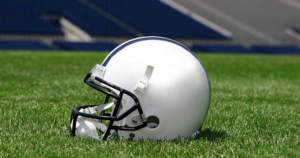
FAQs: People Also Ask
Can I paint a helmet with a brush?
You could, but spray paint gives a smoother, more professional finish.
Do I need to remove the padding?
Not if you cover it well with tape and plastic. Removing it can damage the helmet.
How long before I can use the helmet?
At least 24 hours after the final coat. For heavy use, waiting 48 hours is even safer.
Is automotive spray paint okay?
look for for plastic or flexible finish on the label.
Will painting affect safety certification
Only if you sand too aggressively or use harsh chemicals. A light surface prep is fine.
Final Thoughts
Painting a football helmet for discipline use isn’t just a DIY project it’s a statement. A well-painted helmet shows the team you care about the details and the game. Take your time with prep, use the right products, and you’ll have a helmet that looks sharp all season.

